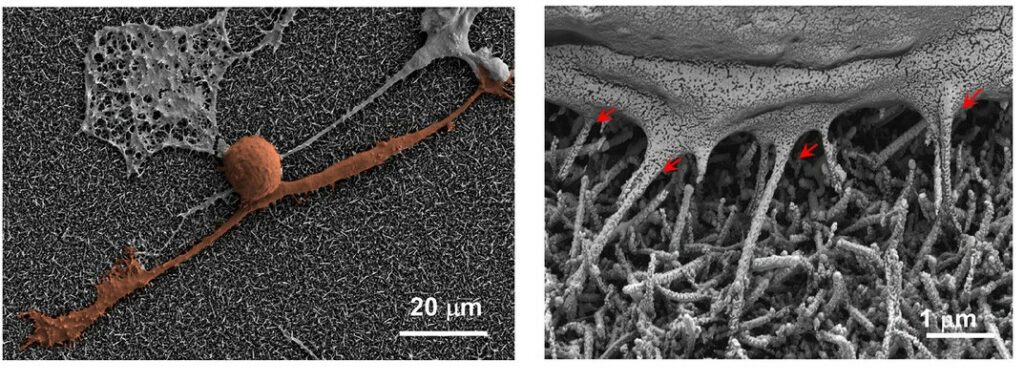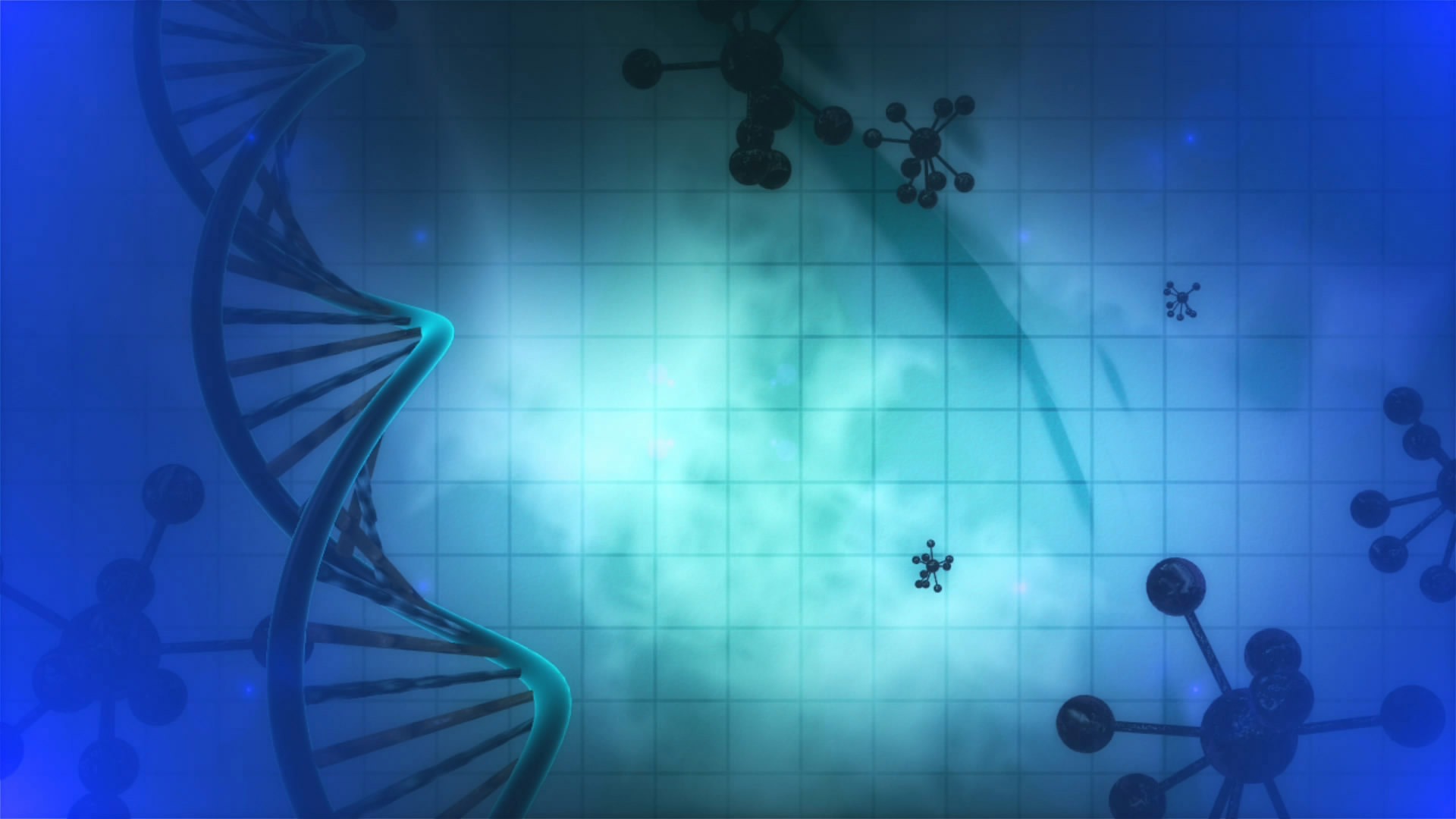Chronic pain affects millions of people worldwide and remains difficult to treat due to the complex biology underlying pain perception. At the center of this process are C-fiber nociceptors — specialized neurons within the peripheral nervous system (SNP). These cells, which have their bodies located in the dorsal root ganglia (DRG) and extend axons into both peripheral and central nervous systems, are key messengers that transmit pain signals to the brain. However, studying these neurons has been a major challenge. Traditional tools are invasive and limited to single-cell analysis or the conventional microelectrode arrays (MEAs), even less invasive, often lack the sensitivity needed to detect the subtle electrical activity of DRG nociceptors in culture.

DRG cell (orange) and glial cells embedded on SiNWs_MEA (ICARUS_MEA)
Now, researchers from our Institute ISOF together with colleagues from IMM in Rome, in collaboration with the Department of Pharmacy and Biotechnology at the University of Bologna, have developed a novel approach that could change the game, through a nanostructured MEA platform that uses silicon nanowires (SiNWs) to enable high-resolution electrical recordings from complex co-cultures of DRG neurons and glial cells.
The team’s findings, recently published in Advanced Healthcare Materials, point to a powerful new tool for building more accurate lab models of pain. These models could play a critical role in understanding chronic pain and developing more effective treatments. The project has been coordinated by Dr. A. Convertino and Dr. L. Maiolo from IMM and Dr. V. Benfenati and Dr. E. Saracino from ISOF.
The research was supported by the ICARUS project (FA9550-21-1-0424), funded by the US Air Force Office of Scientific Research (AFOSR) under the Biophysics Program.
https://www.cnr.it/it/news/13545
Link to the pubblication:
https://advanced.onlinelibrary.wiley.com/doi/10.1002/adhm.202500379


